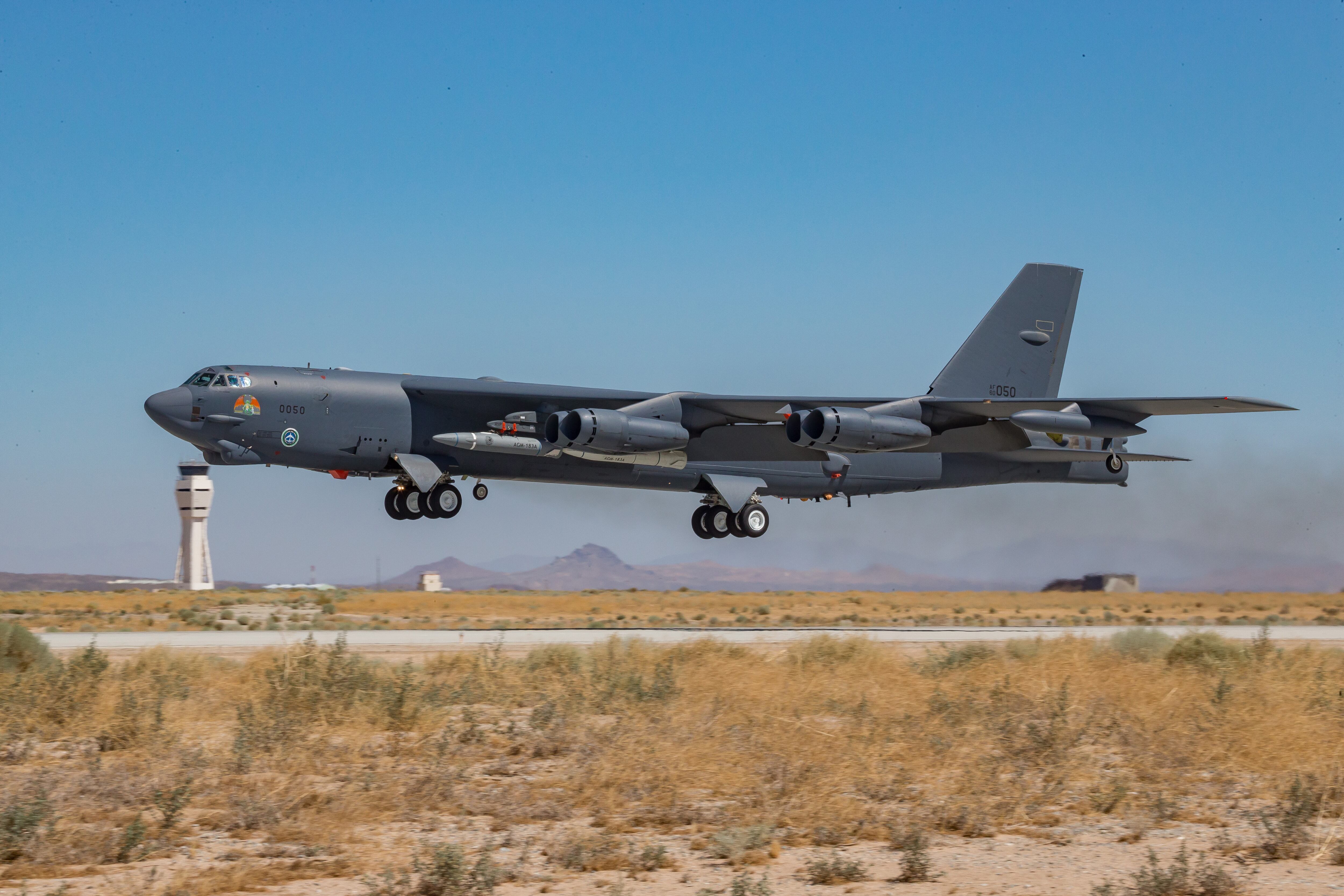Correction: A previous version of this story erroneously described the HACM.
WASHINGTON — The U.S. Air Force’s March 13 test of a hypersonic weapon was “not a success,” the service secretary told lawmakers Tuesday.
Frank Kendall indicated the Lockheed Martin-made AGM-183A Air-launched Rapid Response Weapon program may be in jeopardy. The service, he said, is “more committed to HACM [the Hypersonic Attack Cruise Missile, the service’s other major hypersonic weapon program] at this point in time than we are to ARRW.”
The ARRW effort “has struggled a little bit in its testing program,” Kendall told the House Appropriations Committee’s defense panel during a hearing on the fiscal 2024 budget request. He said an ultimate decision on whether to continue with the program could come as part of the FY25 budget process next year following a study of the failed March test and possibly two more test launches.
Hypersonic weapons travel at speeds topping Mach 5 and are highly maneuverable, making them difficult to track and shoot down. China and Russia have invested considerable resources in developing these weapons for their militaries, and several U.S. lawmakers have expressed concern that the country is not doing enough to field its own hypersonic capabilities.
The Air Force on Friday revealed it had conducted the second test launch of a fully operational prototype ARRW off the coast of southern California earlier this month.
But the Air Force did not reveal details about the test or its success in that statement, only saying it met “several of the objectives.” That language differed from an Air Force statement in December about a previous ARRW test, in which the service said the weapon’s release was successful and met all objectives.
The Air Force declined to comment further on the March test and its results when contacted Friday by Defense News.
Kendall did not detail how the March 13 test fell short in his testimony.
“We did not get the data that we needed from that test,” he told lawmakers. “They’re currently examining that, trying to understand what happened.”
Kendall said the Dec. 9 ARRW test, which was also with an operational prototype, was “a very successful flight, which was a big step forward before the one that just occurred.”
The Air Force has two more ARRW prototypes it plans to test after the studies on the failed test are done, Kendall said.
“We’ll probably have to make a decision on the fate of ARRW after we complete the analysis, and hopefully do those two tests,” Kendall said. “We’ll revisit it, I think, as we build the ’25 budget to see what will be done in the future.”
The Air Force received nearly $115 million in research, development, test and evaluation funds for ARRW in FY23, down from $308 million the previous year. The service has requested $150 million in RDT&E funds for ARRW in FY24 — but no procurement funds, and budget documents are silent on what the program’s R&D funding could be in subsequent years.
However, HACM received $423 million in FY23, and the Air Force wants to spend nearly $382 million on that program’s RDT&E in FY24. The service’s budget documents map out a plan for spending nearly $1.5 billion more on HACM between FY25 and FY28.
Kendall said HACM has been “reasonably successful.”
“We see a definite role for the HACM concept,” Kendall said. “It’s compatible with more of our aircraft, and it will give us more combat capability overall.”
Stephen Losey is the air warfare reporter for Defense News. He previously covered leadership and personnel issues at Air Force Times, and the Pentagon, special operations and air warfare at Military.com. He has traveled to the Middle East to cover U.S. Air Force operations.




